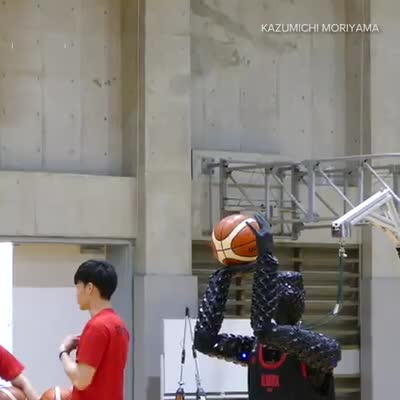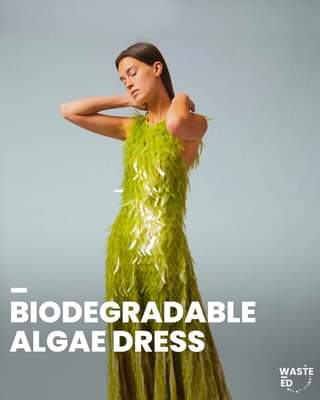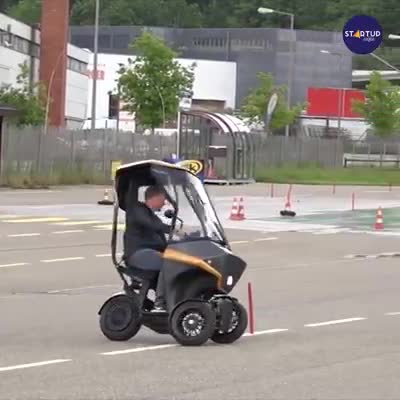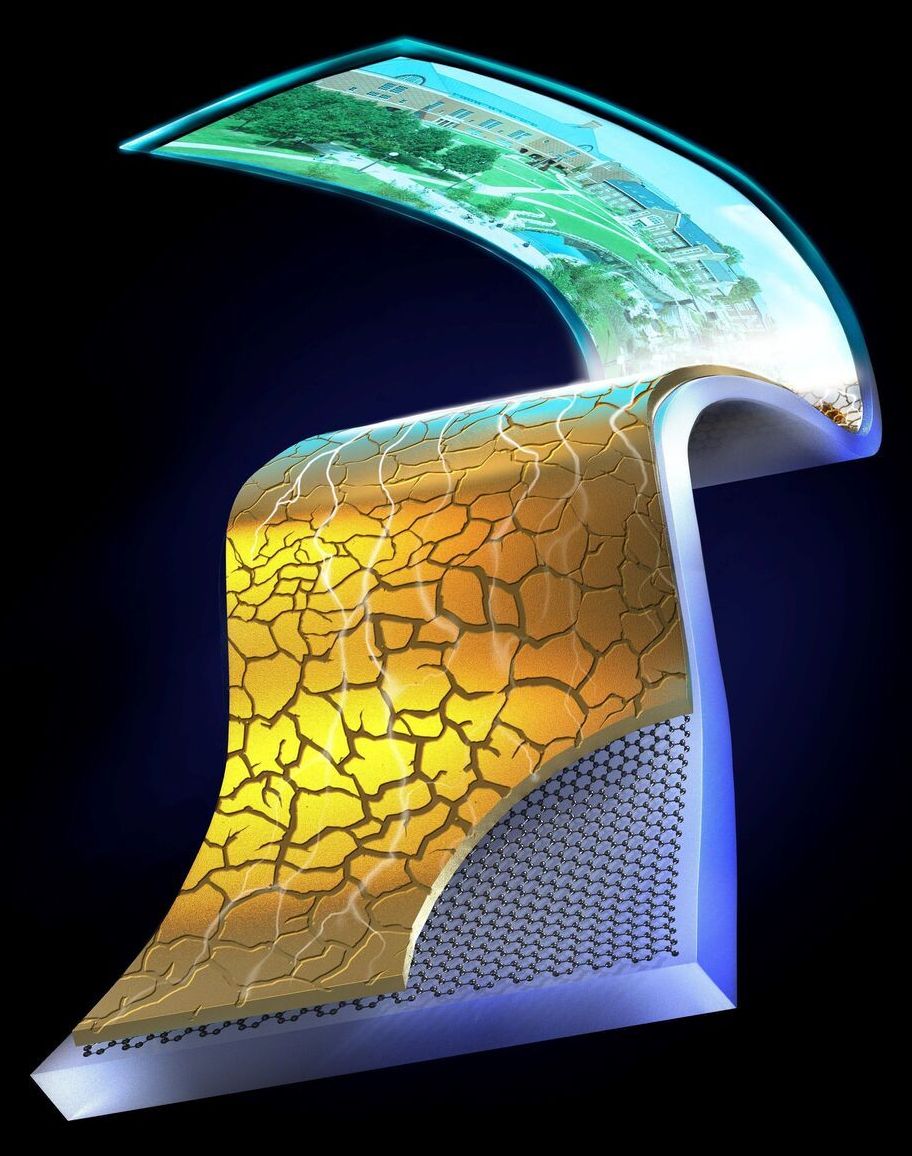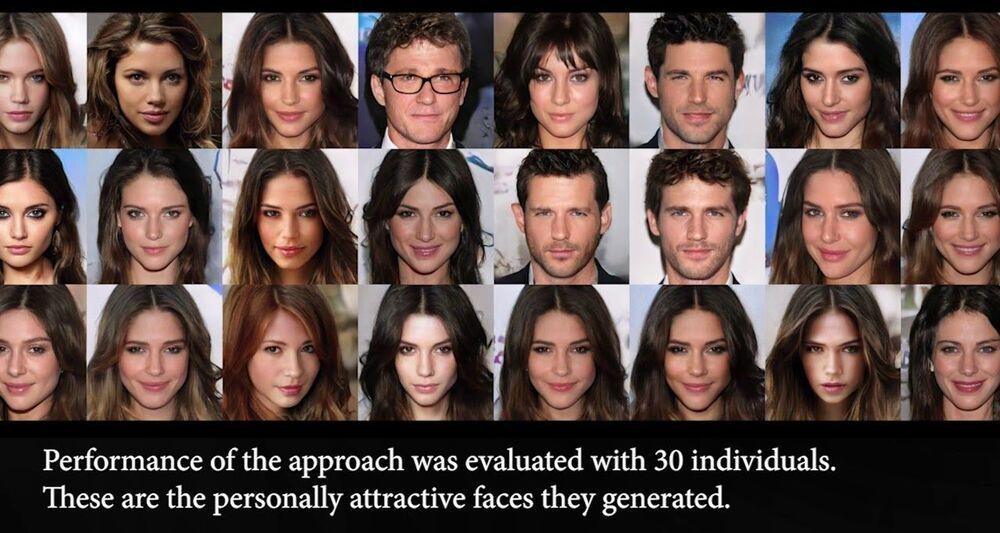Mar 8, 2021
Building Beauty with Biology
Posted by Jose Ruben Rodriguez Fuentes in categories: biological, computing, media & arts
Help support our video productions http://www.patreon.com/scifri.
Produced by Luke Groskin.
Filmed by Christian Baker.
Music by Audio Network.
Additional Footage and Stills Provided by Joel Simon, Pond5, Shutterstock, Nic Symbios, Pit Schuni (C.C. BY 2.0)Okinawa Institute of Science and Technology (C.C. BY 2.0), Eleni Katafori, Bradely Smith, Loic Royer, Alexander Reben.
Inspired by the forces behind evolution, artist and tool designer Joel Simon programmed a network of computers to blend and “breed” together images over and over using users’ preferences as its guide. Although thousands of users, breeding millions of bizarre and beautiful images, Joel’s goal was more conceptual: He wanted to see if the system could evolve art and what types of forms might emerge from the process.

